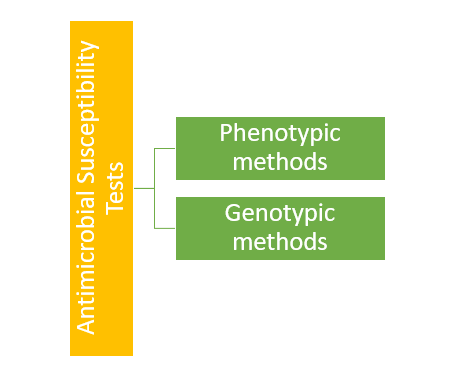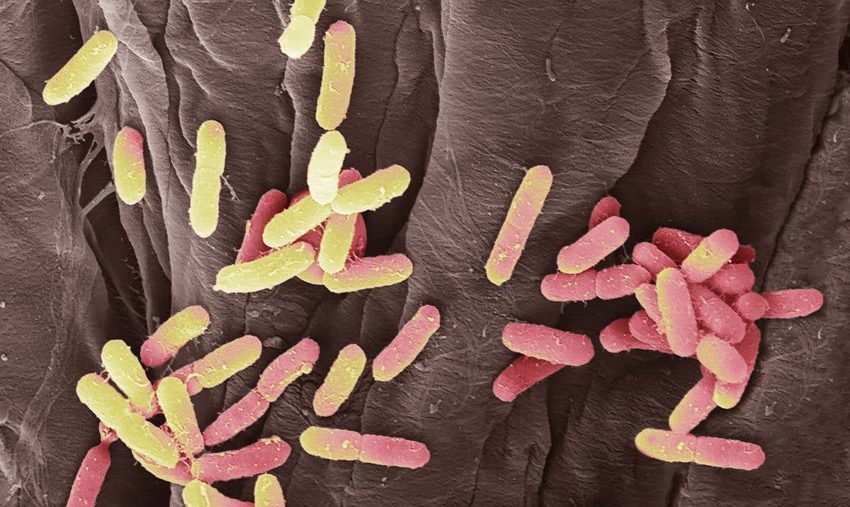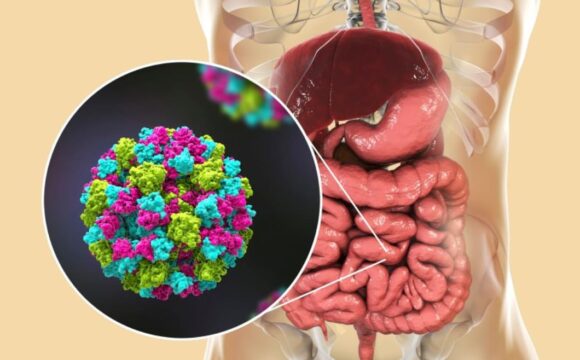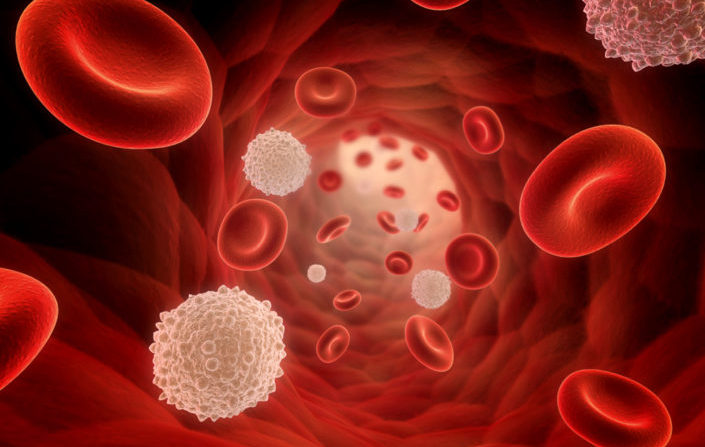Microorganisms are omnipresent, they are everywhere – in the air we breathe, the water we drink, the food we eat. Given that some of these microbes are pathogenic, it is not a surprise that we are sometimes infected by these organisms, resulting in illness. Till the 19th century, there wasn’t any targeted cure for microbial infections and death due to infectious diseases was quite common. But, the accidental discovery of the antibiotic penicillin in 1928 revolutionized the world of antimicrobial treatment. Ever since, we have been using antimicrobial therapy to treat a wide range of microbial diseases and infections, thus improving and expanding the average human life span. But unfortunately, there is a flip-side to this story – antibiotic resistance. Microbes are smart organisms and they are quick to adapt. Over the years of antibiotic treatment, microbes have developed very elegant mechanisms to evade the antibiotics – in other words, they have developed resistance to the antibiotics. This phenomenon is also further aggravated by the wide overuse of antibiotics. As a result, we now have strains of cephalosporin-resistant E.coli, methicillin-resistant S.aureus, carbapenem-resistant P.aeruginosa, and several others, which pose a huge threat to the future of antibiotic therapy.
Over the years, clinical microbiology laboratories have developed and standardized several Antimicrobial Susceptibility Testing (AST) techniques, which gauge the ability of antibiotics to inhibit the growth of specific microorganisms.

As seen in the figure above, Antimicrobial Susceptibility Testing techniques are on either the phenotypic, growth-based characteristics of a microorganism or based on the genetic characterization of the microbes. While most of these methods are quite efficient in detecting antimicrobial resistance, a lot of these methods are time-consuming and is hence, impractical in a routine clinical setting. This gave way to more advanced and faster methods – Rapid Antimicrobial Susceptibility Testing. As the name suggests, these tests are quicker and can be used for providing early diagnosis and more effective treatment against infections. Some of the emerging techniques in Rapid Antimicrobial Susceptibility Testing are described below.
PCR-based techniques
Antimicrobial resistance can be attributed to key mutations in the genome of the microbes. Polymerase Chain Reaction (PCR) can be used to identify these genes in a given microbial sample. Advancements within this technique, like the use of 16sRNA sequencing, have further enhanced its specificity and effectiveness.
Microscopy
This method is based on the age-old technique of visualizing the phenotype of the microorganisms. Time-lapse imaging has been incorporated into microscopy to observe resistance in microorganisms. Fluorescence microscopy is also used to study microbial cellular structures to characterize antibiotic susceptibility.
Spectroscopy-based techniques
This includes a range of techniques like NMR, IR spectroscopy, MALDI-TOF, etc. Of these MALDI-TOF mass, spectroscopy is of particular significance and has increased the specificity and sensitivity of clinical Antimicrobial Susceptibility Testing. The technique can be used for the accurate detection of the mechanisms of antimicrobial resistance.
Flow cytometry
Flow cytometry is a very advanced technique that can accurately characterize bacterial cellular structures like DNA and proteins. Using this technique, clinicians can easily identify the effect of antibiotics on the microbial cells to identify potential resistance.
Biosensor based technology
Ever since its inception, biosensor technology has become immensely popular and has been adapted to several fields. In Antimicrobial Susceptibility Testing, several biosensor-based techniques have emerged which use ATP-bioluminescence, acoustic biosensors, impedance biosensors, SAW-based sensors, amperometry-based biosensors, etc. The techniques are simple and cheap, yet highly sensitive and can be developed to suit point-of-care testing.
Automated Systems
Automated systems have been developed and are widely used for their ease-of-use and sensitivity. VIVTEK® (by bioMerieux), Pheonix® (by BD), Micro-scan walk away® (by Beckman Coulter) are all automated system which use broth micro dilutions coupled with optical detection to characterize the growth of microorganisms and detect antimicrobial resistance. These methods provide advantages of smooth workflow and ease of interpretation.
Rapid Antimicrobial Susceptibility Testing has seen massive developments in recent times. Yet it faces several challenges, most of which are either related to technical aspects of the technology or to making it more accessible. A lot of research is going on to improve the range of testing abilities of these techniques and also to make them cheaper.
Development of Rapid Antimicrobial Susceptibility Testing to suit routine clinical and bedside practice can not only help identify resistant microbes but also prevent the occurrence of antibiotic resistance in the future
References:
- https://www.acs.org/content/acs/en/education/whatischemistry/landmarks/flemingpenicillin.html
- https://www.cdc.gov/drugresistance/about/how-resistance-happens.html
- https://www.ncbi.nlm.nih.gov/pubmed/31058811
- https://www.ncbi.nlm.nih.gov/pubmed/28458798
- 4 https://www.ncbi.nlm.nih.gov/pubmed/31058811
- https://journals.plos.org/plosone/article?id=10.1371/journal.pone.0209042
- http://www.acmicrob.com/microbiology/a-comprehensive-review-of-the-present-and-future-antibiotic-susceptibility-testing-ast-systems.php?aid=22801
- https://link.springer.com/article/10.1007/s13206-019-3109-7










